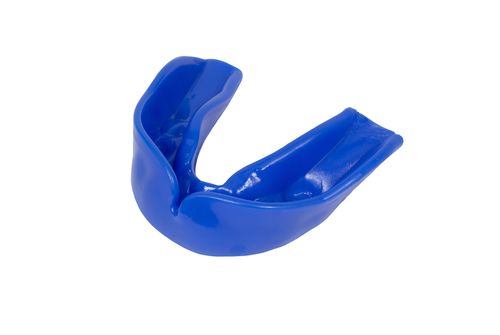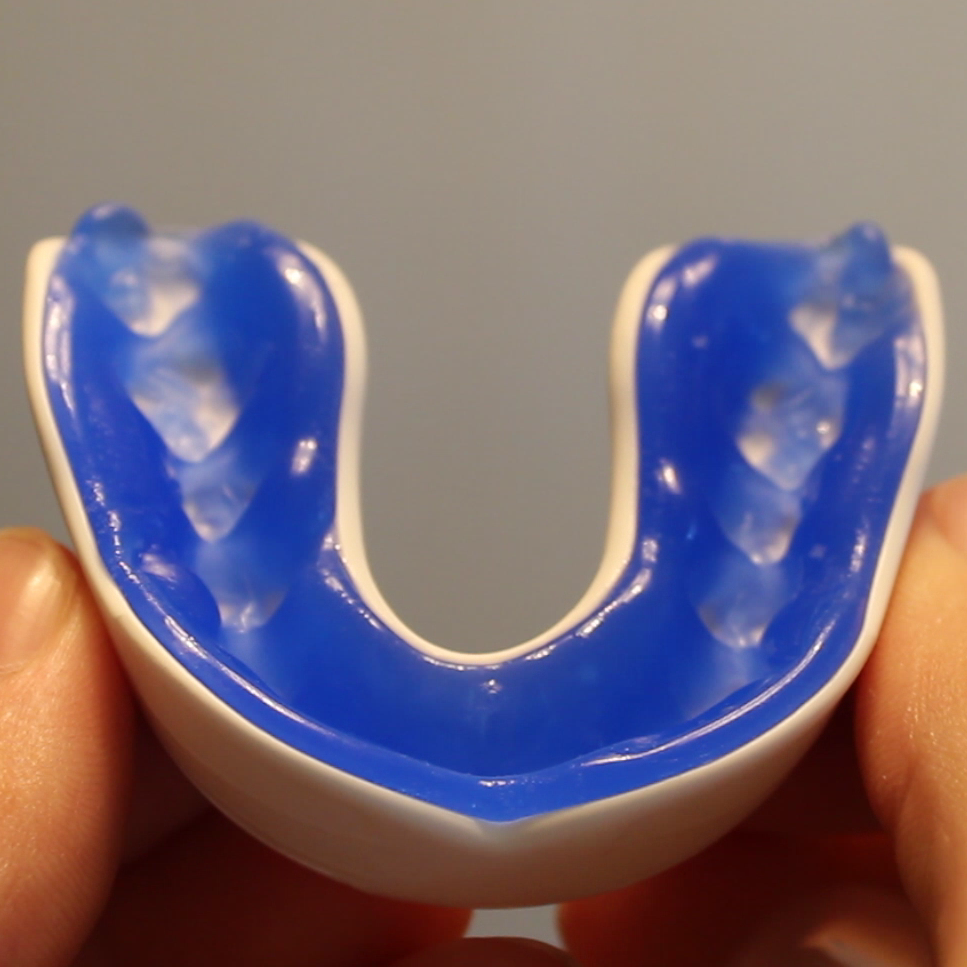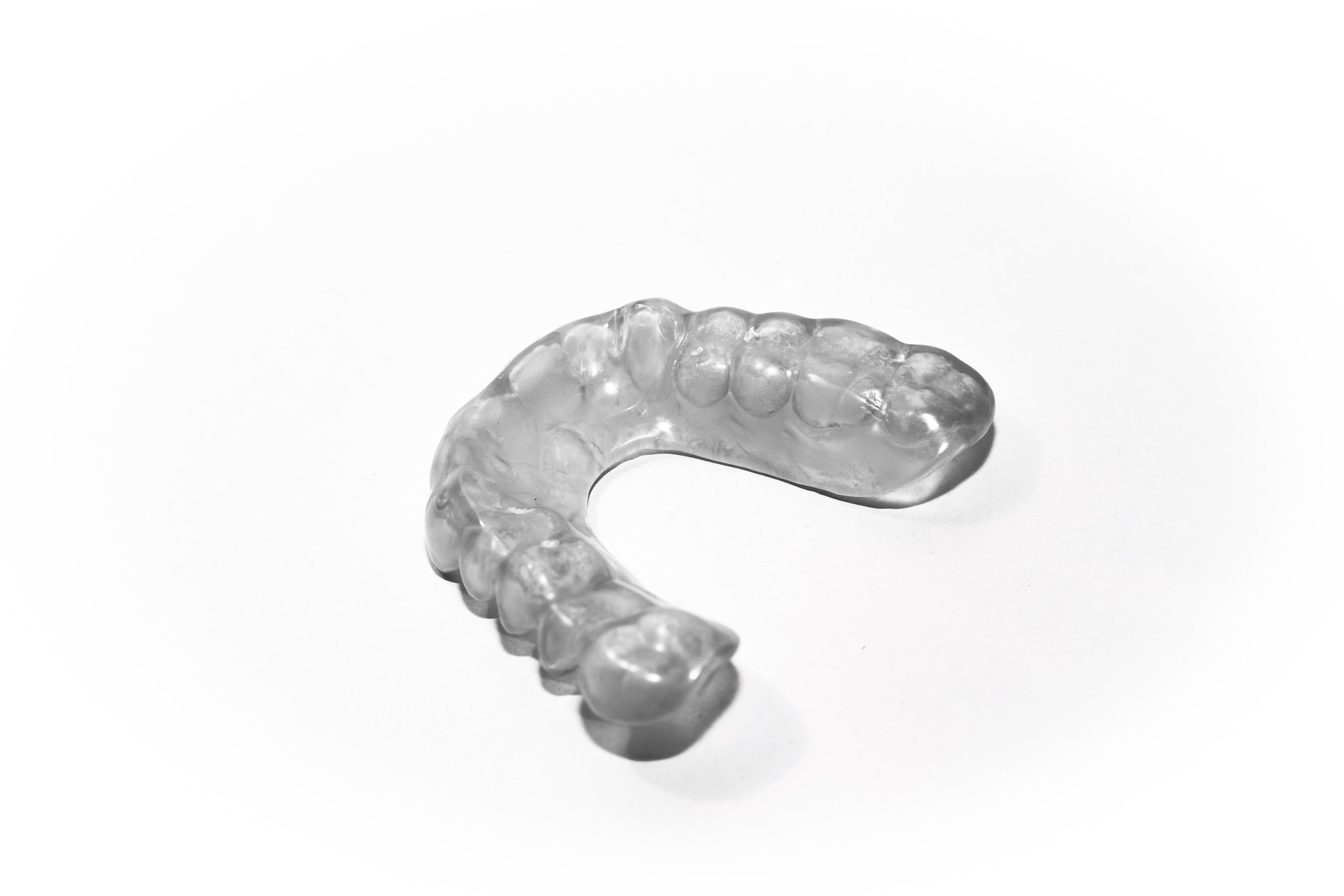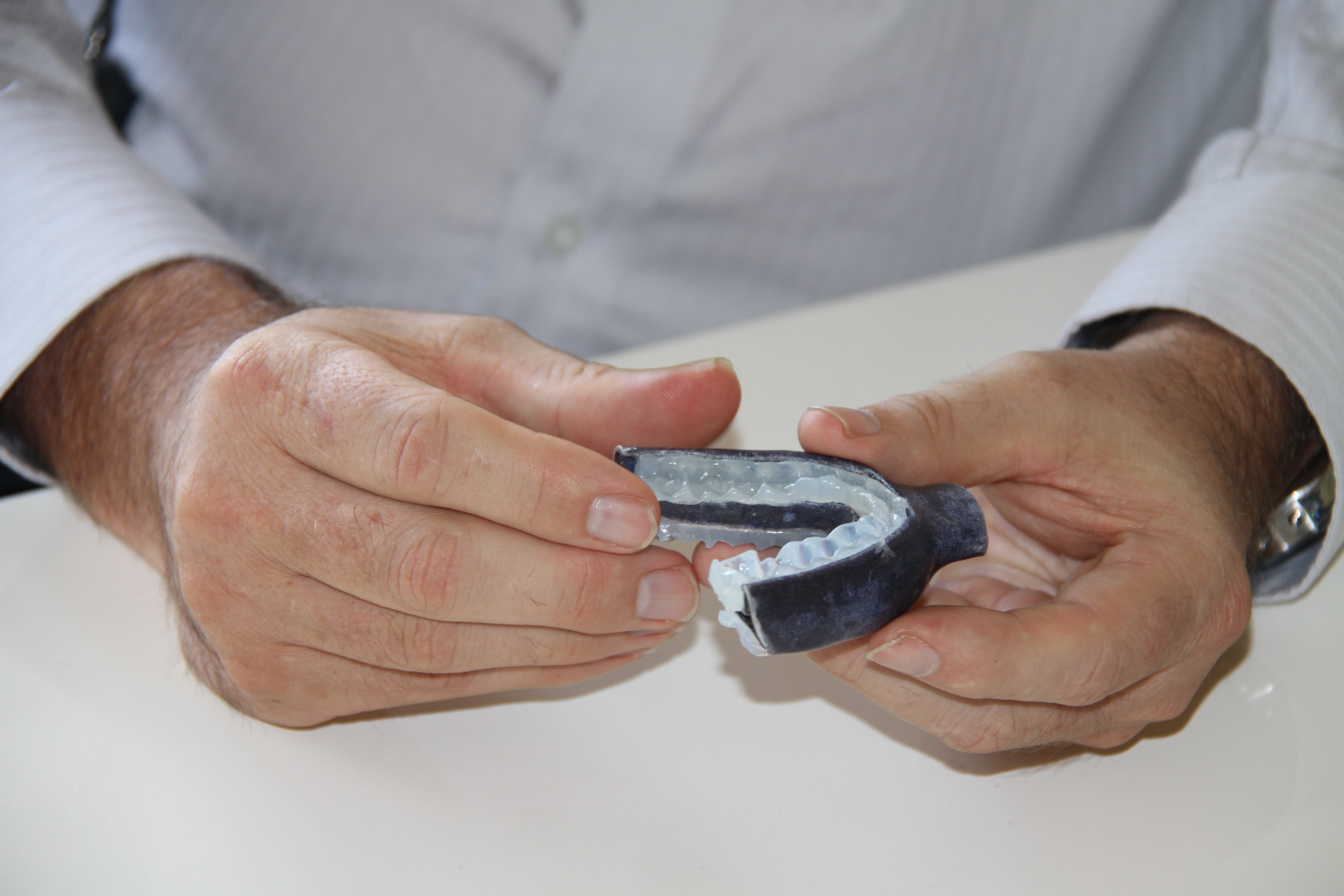Just as brushing and flossing protect teeth from tooth decay, bite guards and mouthguards protect them from other outside forces that can harm them. They are devices that cover teeth to form a protective barrier, shielding them from cracking and chipping.
Bite guards and mouthguards are terms that are sometimes used interchangeably. They might also be called teeth guards, dental guards, night guards, stress guards, bite plates or bite splints. These are all essentially the same thing. But different names may be used for these devices depending on their purpose.
If a dentist recommends a bite guard, is it really worth the investment?
Two Reasons You Might Need a Bite Guard or Mouthguard

People might wear a mouth-protecting device for two different reasons. The first is for sports and recreational activities that pose a risk of mouth trauma. These are commonly seen used by football players, boxers, and other athletes. Engaging in hobbies that some might consider high-risk such as skateboarding or mountain biking might call for these devices too. Used in these situations, the gear is typically called a mouthguard.
Falling or getting hit in the face is not the only way to sustain a tooth injury. Nighttime teeth grinding and jaw clenching is the second reason why someone might need a protective device. Over time, chronic teeth grinding (called bruxism) can wear down teeth. The pressure can crack teeth, fillings, and crowns. Patients might experience headaches, jaw pain, and have their teeth move out of alignment.
Dentists may recommend an appliance called a bite guard, night guard, or nocturnal bite plate to alleviate the problems caused by grinding one’s teeth at night. They might also be used to stop snoring or sleep apnea.
How Dental Guards Help
For contact sports or other high-risk activities, athletic mouthguards act like a crash helmet for the teeth, lips, and gums. The guard will absorb the shock of falling, being hit in the mouth by an elbow, baseball, hockey stick, or anything else that could cause an injury. These guards are usually bulky and make it hard to talk, but they serve their purpose in blocking most direct blows that can harm teeth.
Nighttime bite guards do their work while the patient is asleep. Wearing them relieves the stress of facial muscles so the patient stops clenching their jaw and grinding their teeth. Bruxism can force teeth out of alignment. Bite guards can distribute the biting force to the proper teeth so the teeth don’t move or shift.
Patients who use bite guards often see a reduction in tooth pain and headaches caused by these nighttime habits. They can also get relief from the discomfort of TMJ (temporomandibular joint dysfunction) which affects the hinge of the jawbone. TMJ sufferers have trouble chewing, and jaws that click or even lock, limiting how wide they can open their mouth.
While there are some over-the-counter options, the most effective dental bite guards or plates are custom made and fitted by a dentist.
The Different Types of Mouthguards
There are three basic types of bite or mouthguards available:
Stock Over-the-Counter (OTC) Mouthguards

Stock mouthguards come ready to wear and can be found at most sporting goods and drug stores. They’re made of rubber or plastic and come in small, medium, or large sizes. They cost about $15. These guards are meant for athletic use and aren’t helpful for dental issues like bruxism.
Soft or Hard Boil and Bite Mouthguards

Boil and bite mouthguards can also be found at most drug stores. They use a thermoplastic material that resembles wax and softens when it’s placed in hot water. The patient places it on the top teeth and bites down until it solidifies like a dental impression. Boil and bite mouthguards are usually priced around $25.
This option is slightly better than a stock mouthguard since it is fitted to the individual. It is more comfortable and provides reasonable protection for sports use. It is not very successful, however, for patients with bruxism. Because it covers the teeth, it does prevent the teeth grinding together, but it does nothing to address clenched muscles in the jaw. Because it is made of a soft, pliable material, it can allow teeth to move and may actually promote grinding instead of preventing it.
In the $45 to approximately $150 price range, there are hard plastic mouthguards that patients can customize themselves. They work just like the boil and bite guards, but harden into a firmer end result. These might avoid the issue of shifting teeth, but still have drawbacks. If the patient isn’t careful when forming it, it may be uncomfortable or fall out easily overnight. And if the teeth grinding is severe, they will wear out quickly, making their fit even worse.
Custom-Made Bite Guards

The more serious the dental issue, the more advantage there is in having a dentist’s guidance to fix it. When bruxism affects the condition of the teeth or the alignment of the bite, the best chance of fixing it is a device that is custom made. These bite guards will of course require visits to the dentist’s office, and are more expensive. They average about $500.
Custom bite guards, or bite splints as they’re sometimes called, are made in a lab of a hard plastic or acrylic. The procedure typically follows these steps:
- The patient has a dental exam where the dentist determines if a bite guard will help.
- Impressions or 3D images are made to map out the exact position of the teeth. Bite guards usually only go on the top teeth, so unlike with braces or Invisalign-type products, only one impression is necessary.
- In a lab, technicians fabricate a custom bite guard.
- The patient has a second dental appointment to pick up the device. The dentist checks the fit and makes adjustments if necessary.
- The patient should bring the device to future dentist visits so its fit and condition can be monitored.
Caring for a Bite Guard or Mouthguard
Custom-made mouthguards can last a long time if they are taken care of properly. They should be rinsed with water before and after use. Patients should use a soft toothbrush and mild soap to clean them often. When not in the mouth, bite guards should be kept in a clean, perforated container to allow for air to circulate around it and prevent breakage. If holes or tears appear on the device, it’s time to have it replaced.
Choosing a Dental Guard That’s Right For You
If you think you need a mouthguard for nighttime teeth grinding or clenching, talk to your dentist. He or she will be able to recommend a device that is best for your issues. Many patients are amazed at how such a small device can reduce ongoing pain and discomfort. It’s important to find a mouthguard that is durable, comfortable, easy to clean, and has a good fit so it stays put while you sleep.If you do not already have a dentist, you can click on our make an appointment button and we will match you up with a dental professional in your area.


